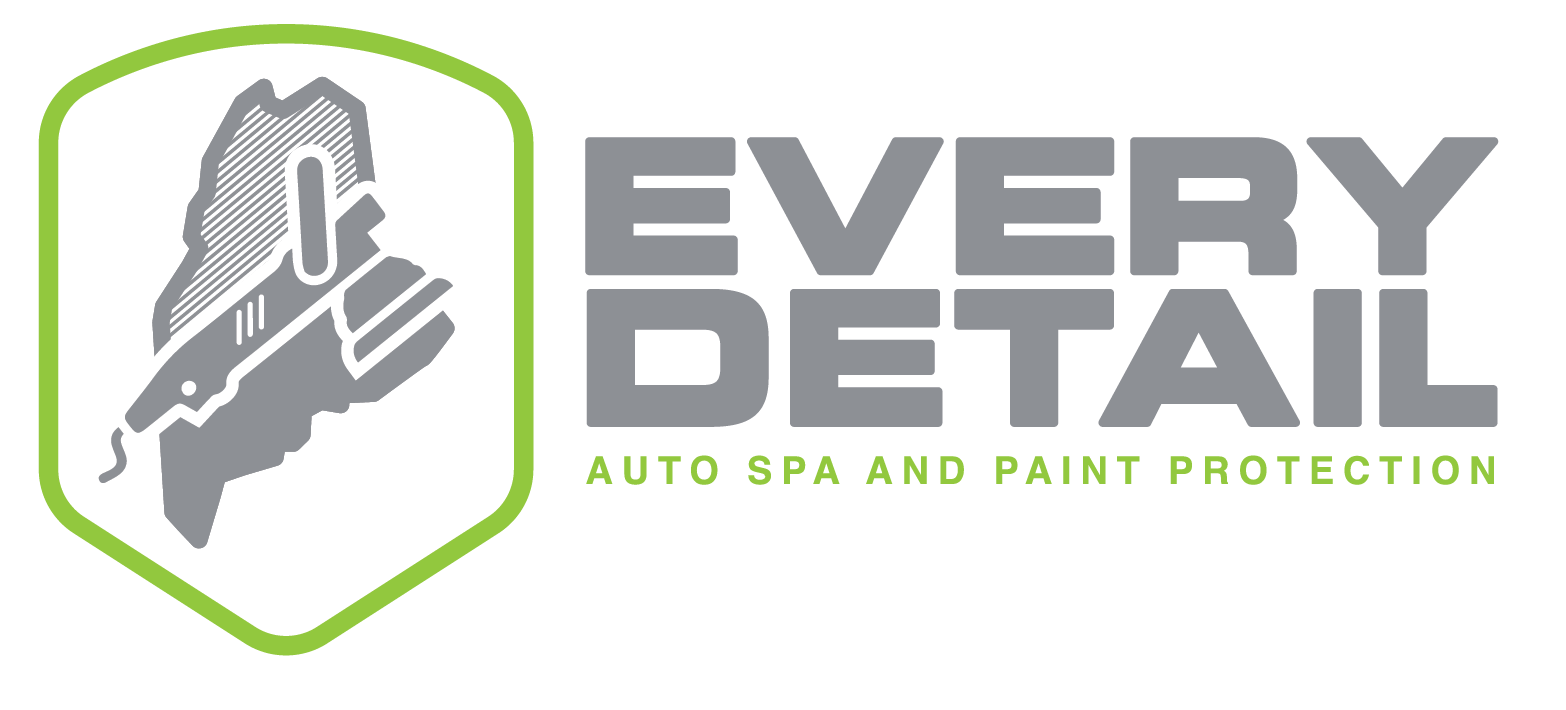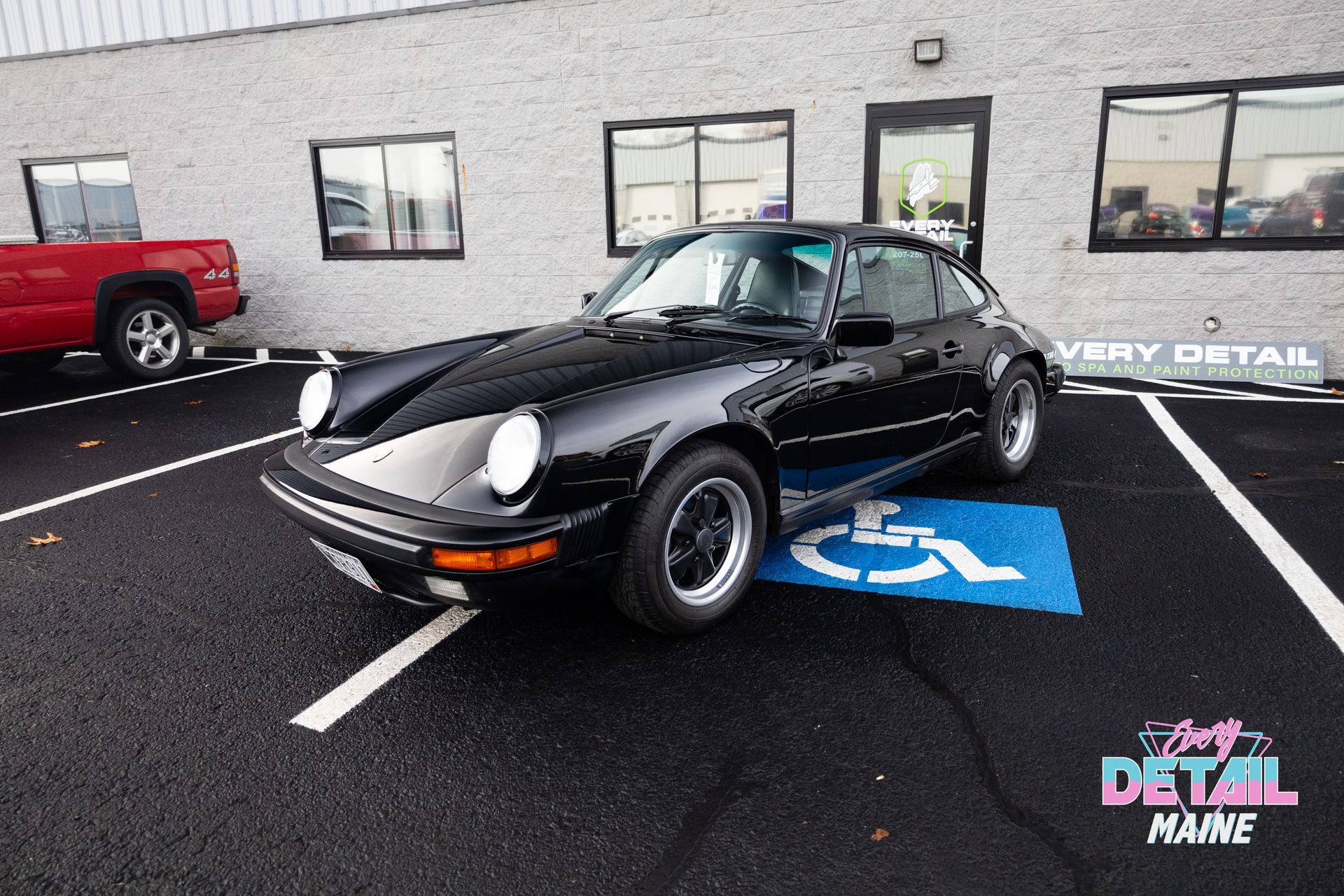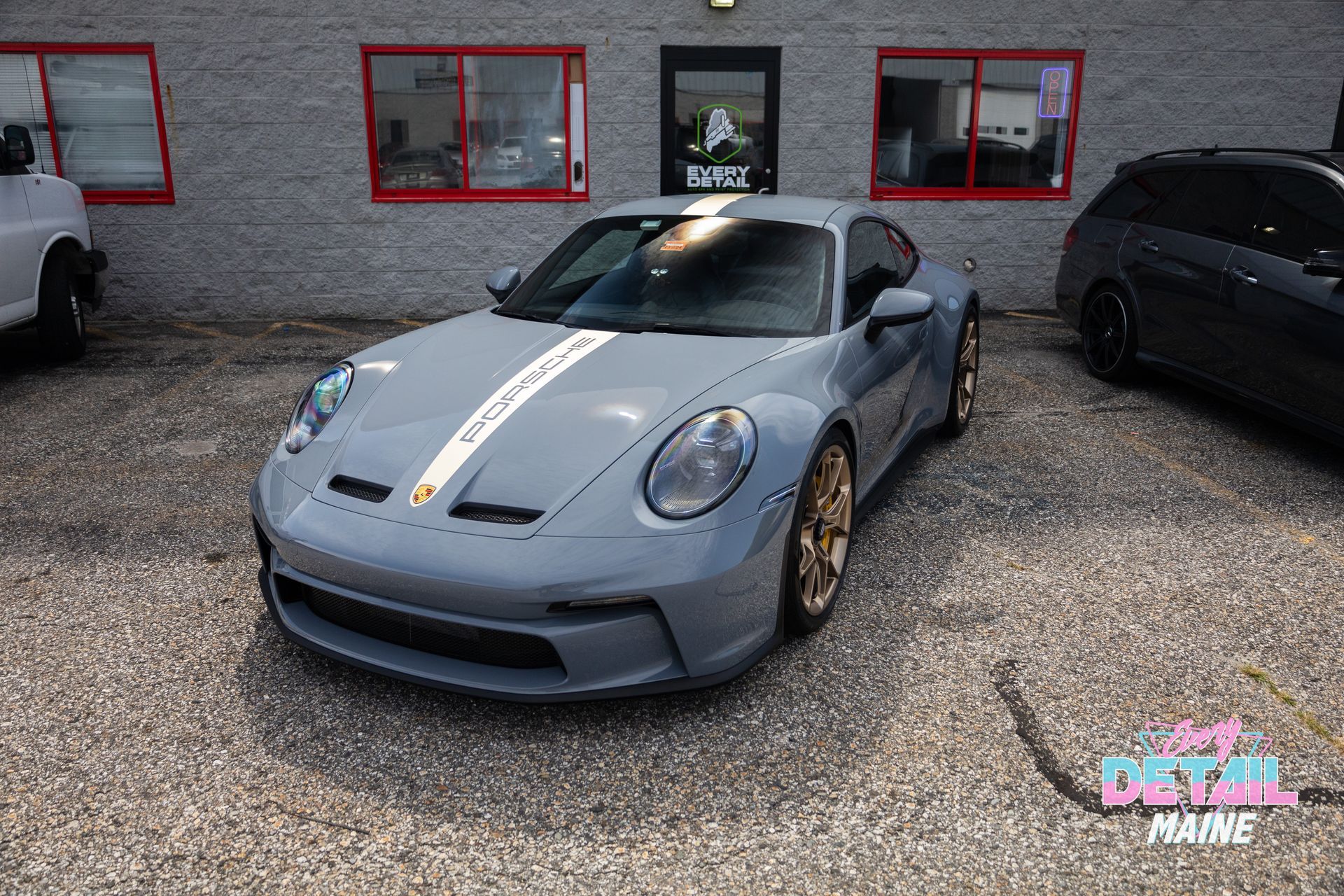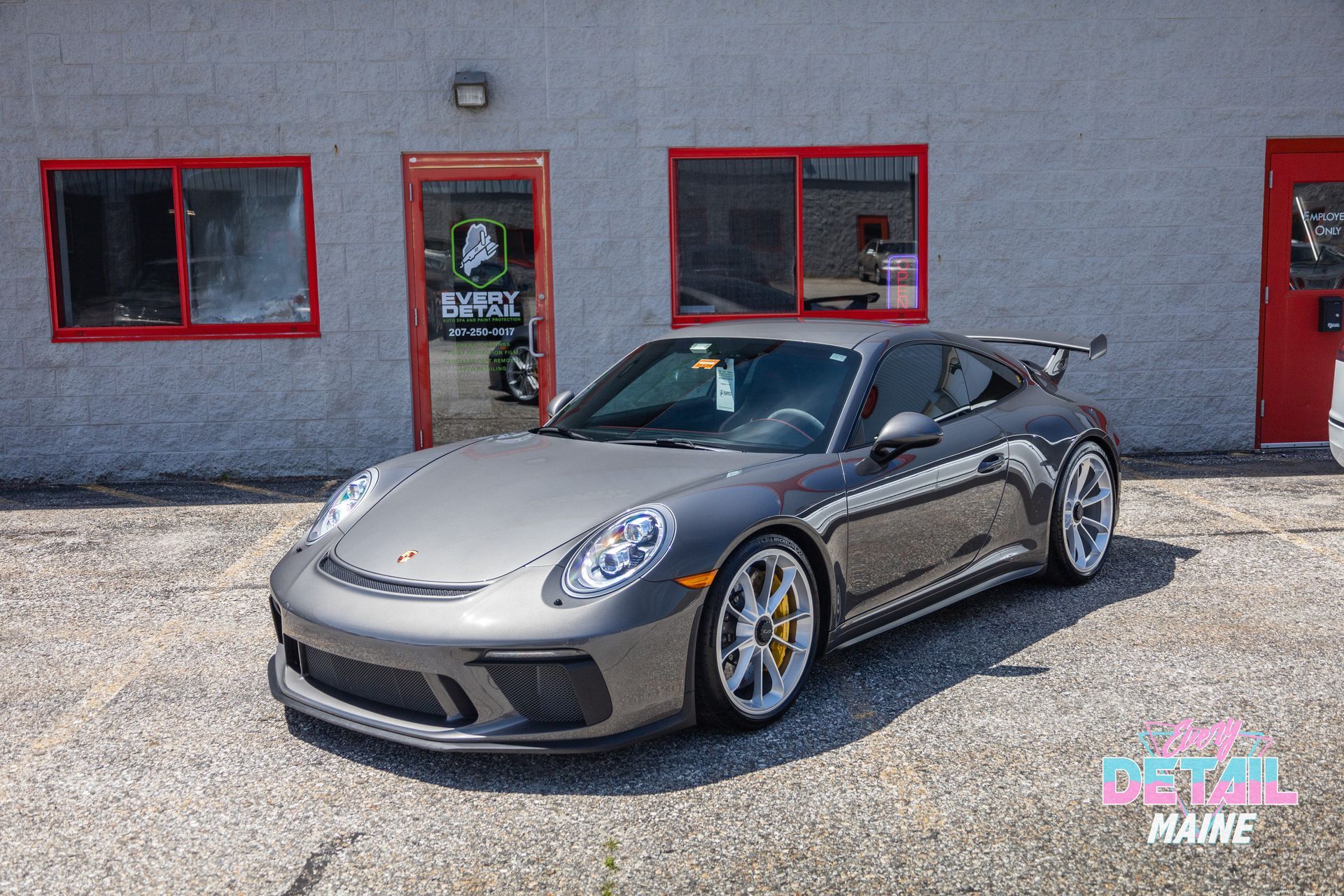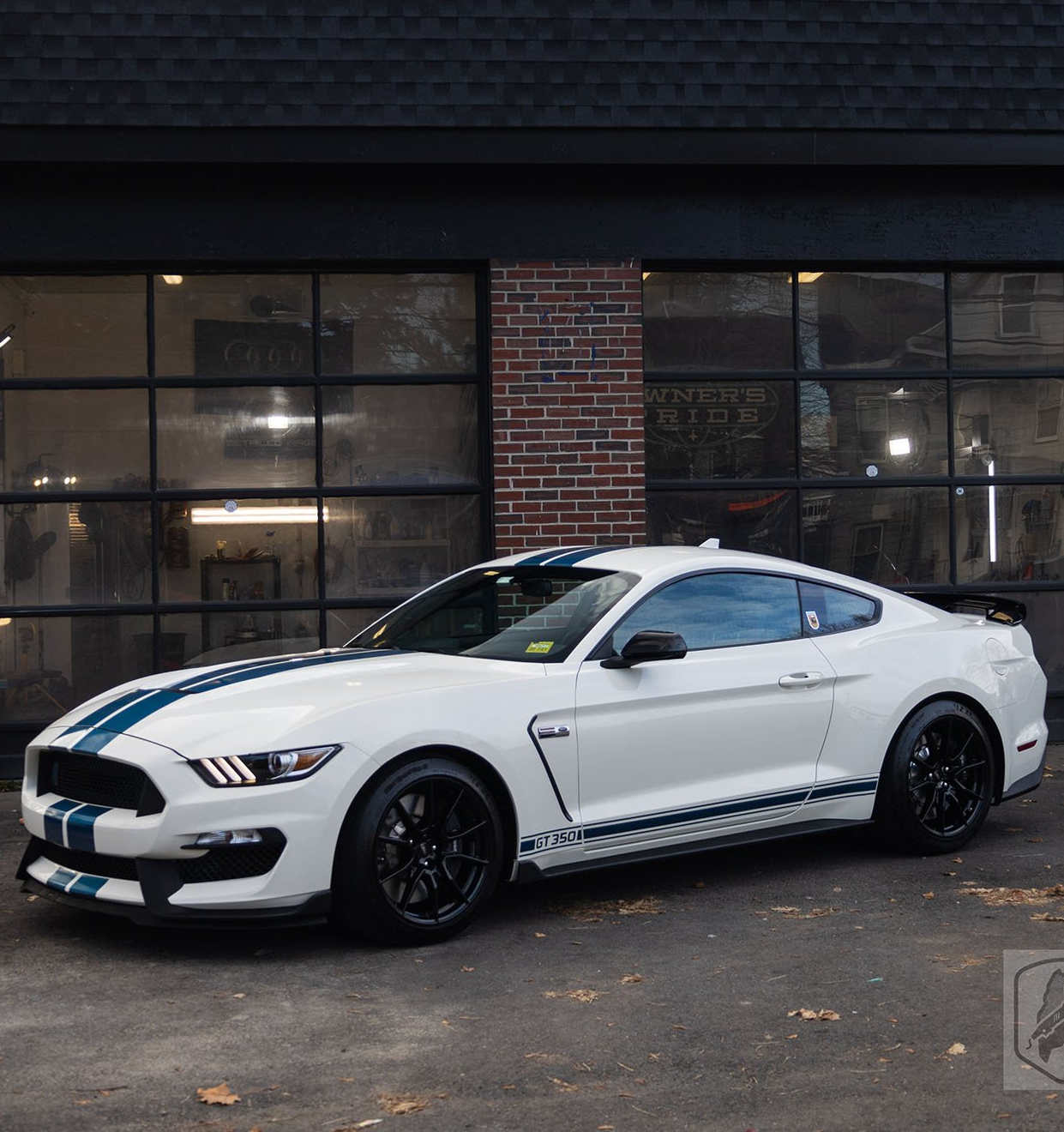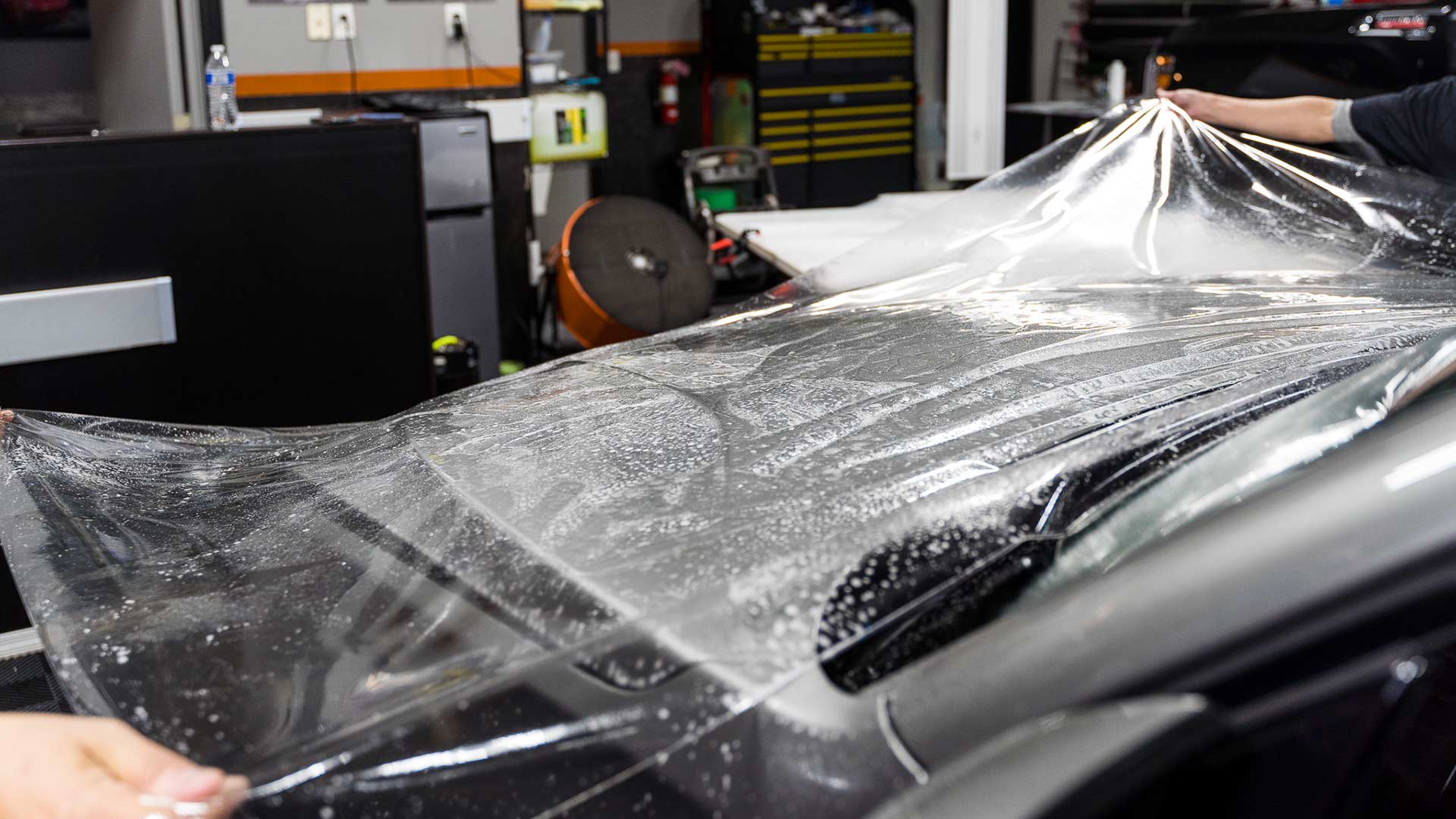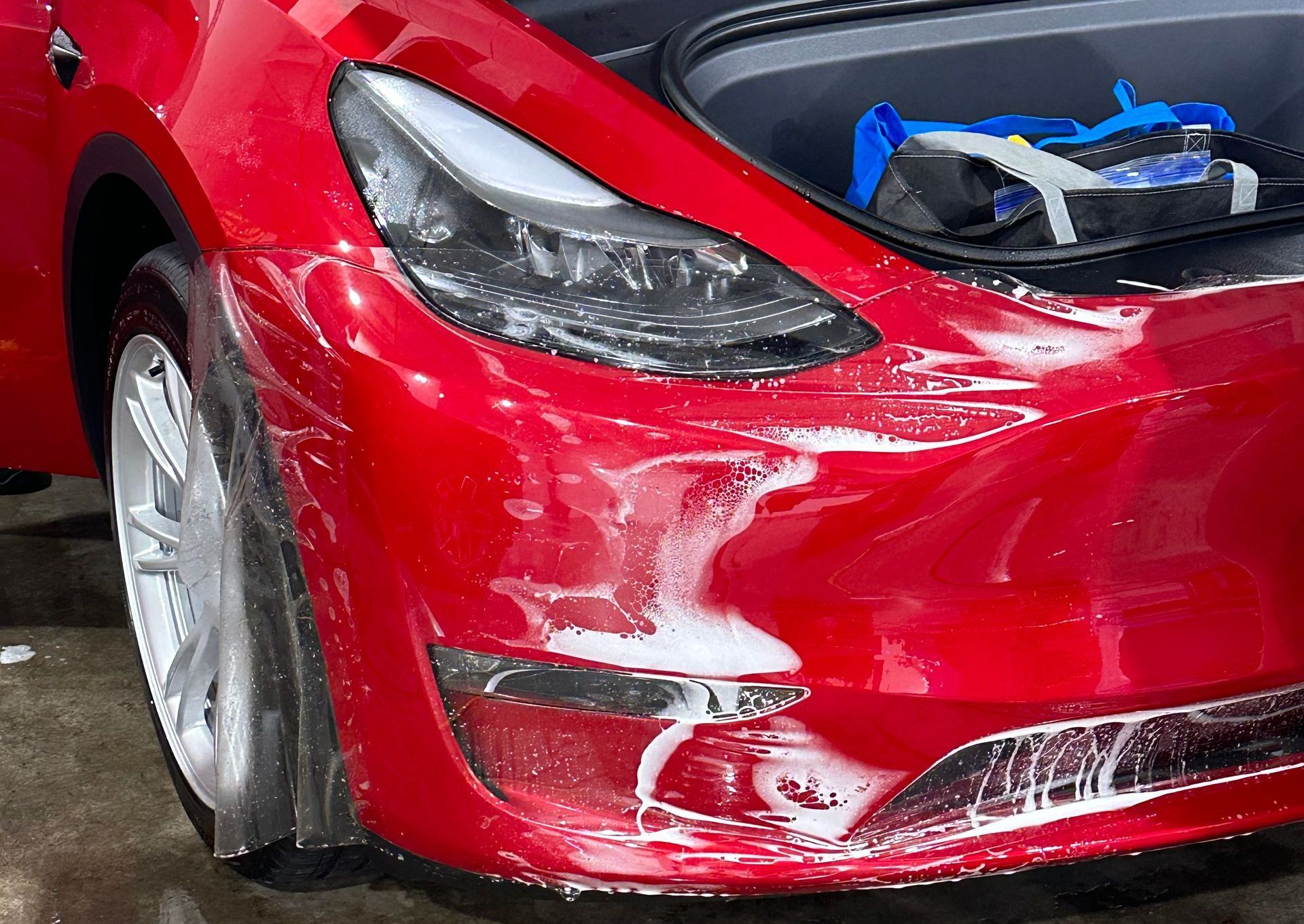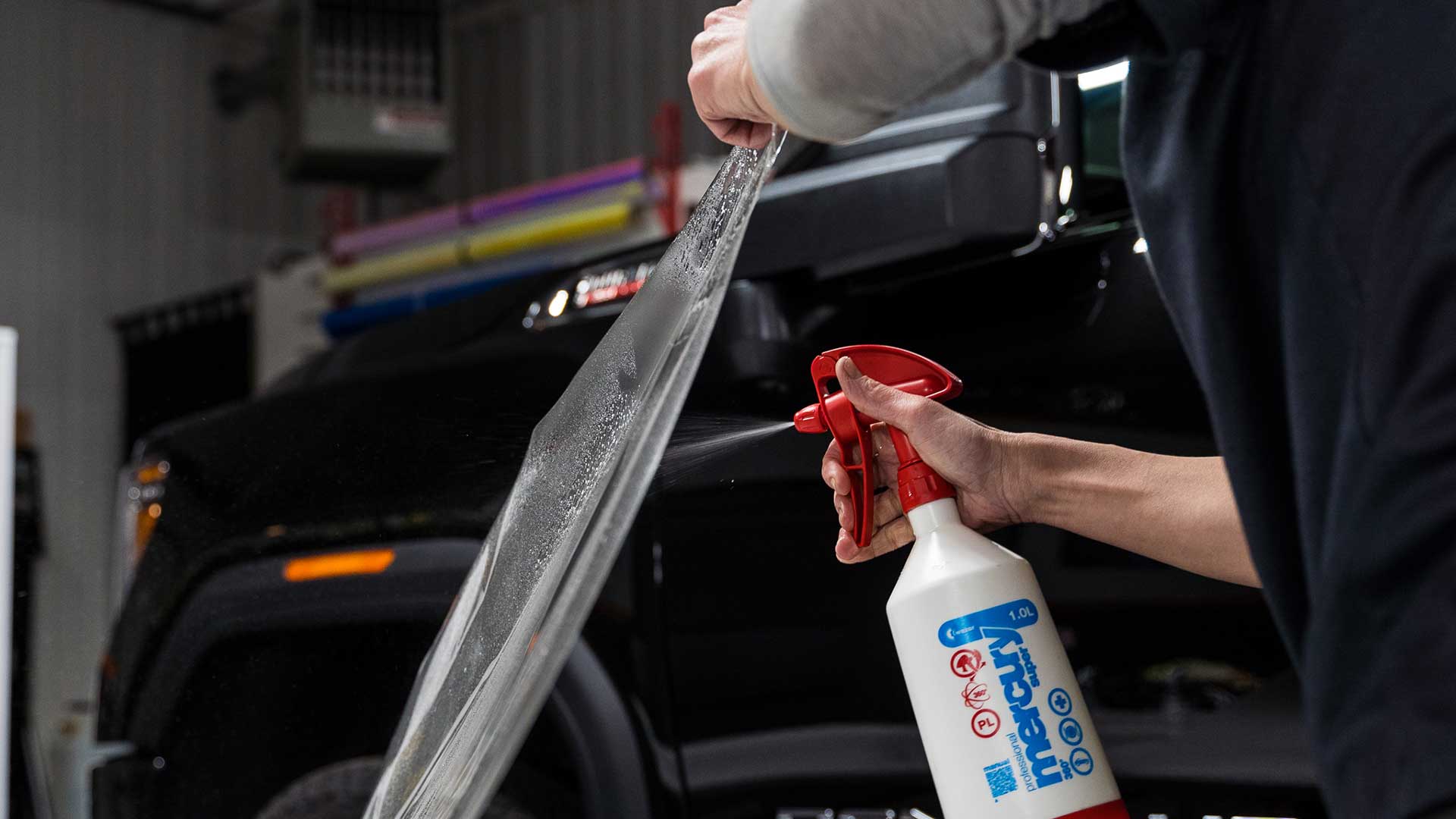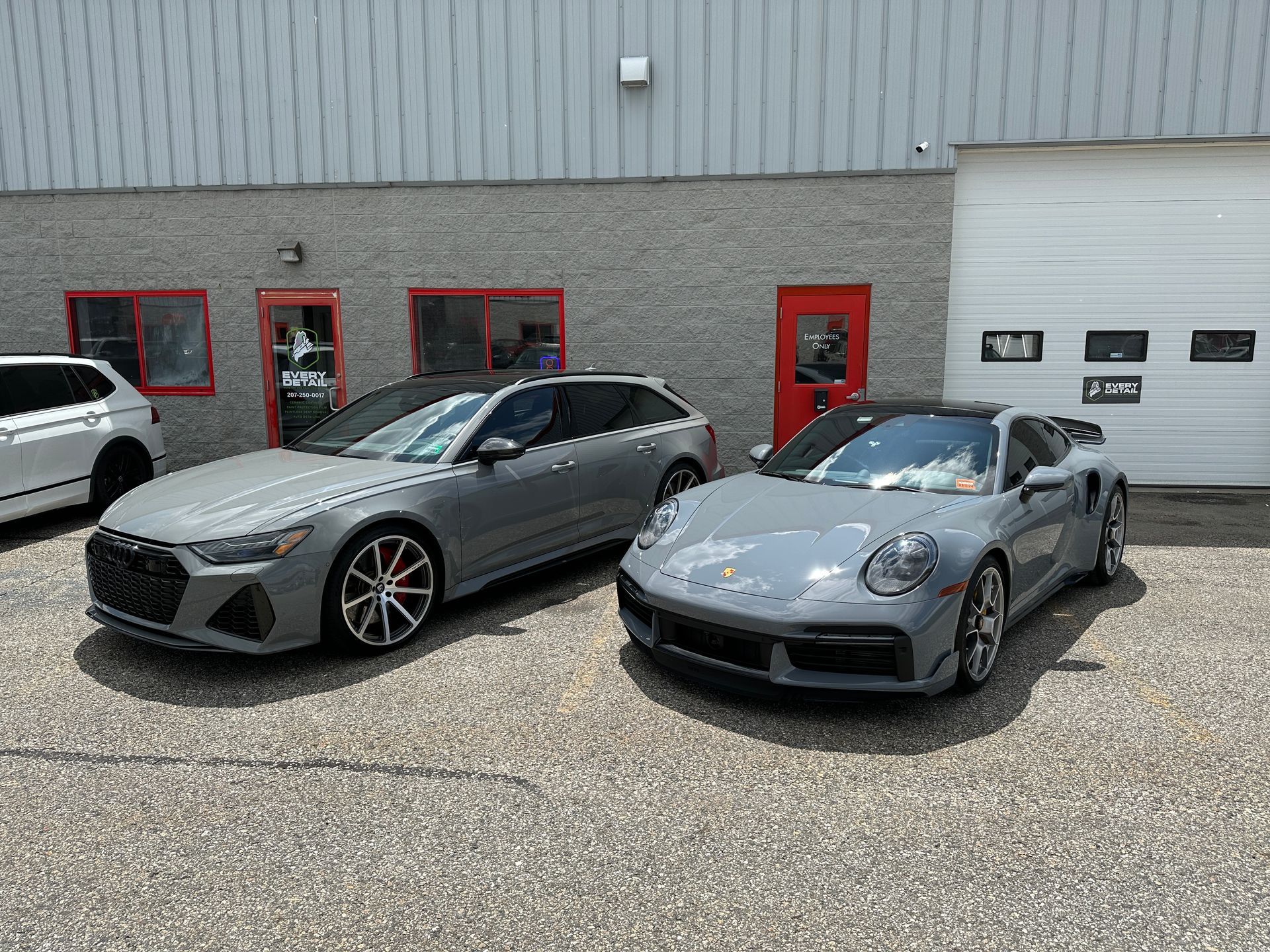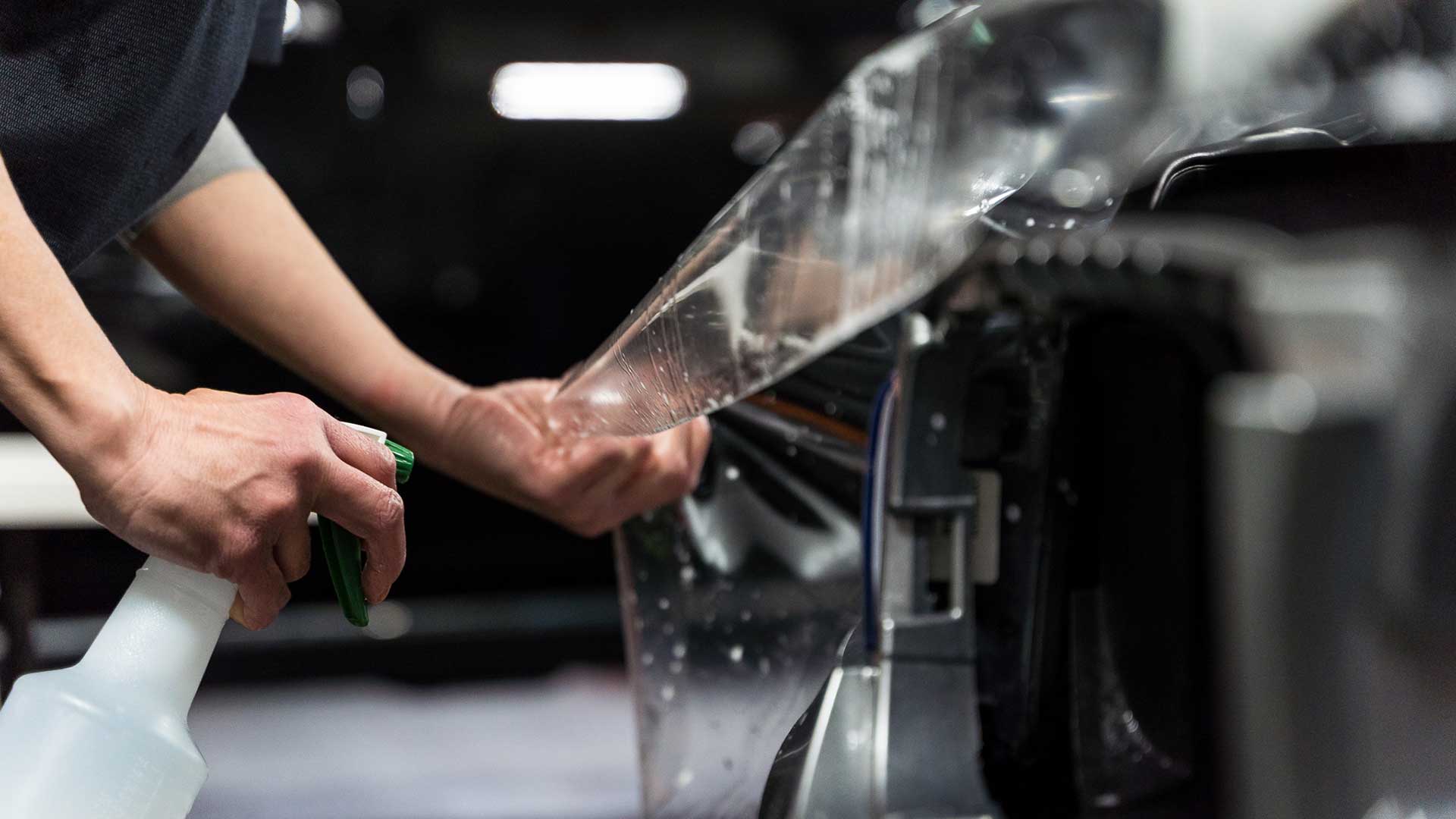Washing a Ceramic-Coated Car: The Do’s and Don’ts for Proper Care
Washing a vehicle is a routine task for many, but caring for a ceramic-coated car requires a more informed approach. If you’ve chosen to invest in ceramic coating, you’ve taken a wise step toward preserving the integrity and appearance of your vehicle’s paintwork. However, like any valuable investment, it requires proper maintenance to ensure lasting results.
Maintaining a ceramic-coated vehicle requires careful attention to proper washing techniques. Best practices include using pH-neutral soaps formulated specifically for ceramic coatings, handwashing with microfiber cloths, and avoiding direct sunlight to reduce the likelihood of water spots. Regular maintenance, such as applying a ceramic booster every 6 to 12 months, is also essential to ensure long-term protection and performance.
Benefits of Ceramic Coating for Cars
One of the standout features of ceramic coatings is their impressive durability. When applied correctly, these coatings can last anywhere from 1 to 7 years, providing a long-lasting shield against various environmental elements. Imagine driving your car without having to worry about everyday wear and tear. Just like tires wear down based on road conditions, the longevity of ceramic coatings depends on how well you maintain them. By dedicating time to care for your vehicle, you're essentially prolonging the life of this protective layer.
- Protection Against UV Rays: Exposure to sunlight can be harsh on your vehicle’s paint job. UV rays are notorious for causing fading and degradation over time, which is where ceramic coatings shine as powerful protectors. They form a robust barrier that significantly minimizes UV damage, making them incredibly beneficial for cars that are frequently parked outside. Ceramic coatings can reduce paint oxidation rates, effectively maintaining that original sheen longer than traditional waxes or sealants.
- Hydrophobic Properties: Picture this: it rains, and instead of watching water pool on your car’s surface, you see droplets forming perfect beads and rolling off with ease. This is thanks to the hydrophobic properties of ceramic coatings. The water-repellent nature means dirt and grime find it harder to adhere to your vehicle's surface, making cleaning not just easier but less frequent as well. On days when rain showers intermittently pass through, your ceramic-coated car will sport an immaculate look without much effort on your part.
- Enhanced Gloss and Shine: A lesser-known yet profound benefit of ceramic coatings is their ability to enhance the gloss and shine of your vehicle. The application of a ceramic coating increases the depth and clarity of the paint finish, resulting in a lustrous and polished appearance. Many car owners observe dramatic improvements right after application, often describing their vehicle's paint as looking "wet" or "mirror-like." Applying a gloss finish on a piece of fine art is akin to turning heads.
With all these compelling benefits combined—protection from UV rays, outstanding hydrophobic properties, and enhanced aesthetics—you can see how investing in a ceramic coating can significantly improve both your vehicle's appearance and longevity.
Essential Washing Techniques
The initial step in the car-washing process should always be a thorough pre-rinse. This phase helps eliminate loose dirt and debris that could otherwise interfere with the effectiveness of subsequent cleaning stages. Utilizing a hose with a gentle yet steady stream of water is recommended, as it effectively removes surface contaminants without compromising the integrity of the ceramic coating. The controlled flow helps lift dust and grime in a safe and efficient manner. Once you've rinsed off the majority of the dirt, it's time to use the two-bucket method, which will significantly improve your cleaning performance.
The Two-Bucket Method
This method is essential for keeping the wash mitt clean and free from particles that could compromise the surface of a ceramic-coated vehicle. Two buckets are required: one containing a pH-neutral car shampoo solution and the other filled with clean rinse water. During the wash, the microfiber mitt should be dipped into the soapy bucket to clean a section of the vehicle, then thoroughly rinsed in the clean water bucket before returning to the shampoo solution. This approach helps prevent the transfer of contaminants and supports the preservation of the coating’s appearance and performance.
Thorough Rinsing
Immediately after washing each section of your vehicle, advocate for proper rinsing. This is where a pressure washer or hose with a nozzle comes into play again; aim for a gentle setting, as this will help carry away any leftover soap residues effectively. Leaving soap on the paint can lead to drying spots that might mar the beautiful surface you've worked so hard to maintain. Mastering these essential washing techniques not only prolongs the life of your ceramic coating but also enhances its performance by ensuring it continues to repel dirt and grime effortlessly. Always remember, the more care you put into each wash, the better it will look down the line.
Using Microfiber Towels and Managing Water Pressure
Microfiber towels are essential tools for maintaining a ceramic-coated vehicle. Designed for gentle and effective cleaning, they help preserve the coating’s finish by safely lifting dirt and debris. When selecting a microfiber towel, choose high-quality options with a dense, plush texture, as these are more effective in capturing particles without compromising the surface. Unlike conventional cotton or polyester towels, premium microfiber offers a safer, more efficient solution for routine maintenance, ensuring a clean and polished appearance. However, not all microfiber towels are created equal. You should aim for towels with a GSM (grains per square meter) of at least 300, as this thickness provides an effective barrier between the towel and your car's finish. It's also important to wash these towels separately from other fabrics, as lint can transfer and create imperfections on your car's surface during cleaning. Use a gentle detergent without any fabric softeners and dry them on low heat to preserve their effectiveness. Treating your microfiber towels kindly helps maintain their absorbency and prevents damage over time.
Managing Water Pressure
When washing a ceramic-coated vehicle, managing water flow is essential to maintain the integrity of the coating. If using a standard garden hose, opt for a nozzle with adjustable settings to control the intensity of the spray. This feature allows for a gentle rinse to remove loose dirt before applying soap, helping to ensure an effective yet careful cleaning process. Avoid using high-pressure settings, as excessive force can compromise the coating over time. A measured, controlled approach not only enhances cleaning efficiency but also supports the long-term durability of the ceramic layer.
By employing a combination of quality microfiber towels and careful water pressure management during washes, you're not only preserving your car's beautiful appearance but also extending the longevity of that resilient ceramic coating.
Effective Drying Techniques
Proper drying techniques are essential for maintaining the pristine appearance of a ceramic-coated vehicle and for preserving the longevity of the protective layer. An effective drying process also helps prevent water spots, ensuring the surface retains its glossy, well-maintained finish.
- Blowers and Drying Aids: A high-quality automotive blower or even a standard leaf blower can quickly eliminate excess water without physical contact, reducing the risk of compromising the coating. This method uses directed airflow to reach crevices and thoroughly dry the vehicle while preserving the integrity of the finish. For those without access to a blower, hand-drying with soft, clean towels remains a reliable alternative when performed with care and attention to technique.
- Drying with Microfiber Towels: When using microfiber towels, it’s crucial to follow the blotting technique instead of wiping vigorously across the surface. This approach reduces friction and lowers the risk of damaging your paint. It’s wise to have several clean microfiber towels on standby during this process because as they absorb water, they may become saturated and less effective. By rotating through multiple towels, you're ensuring each section dries thoroughly without introducing contaminants back onto the surface.
- Using Drying Aid Sprays: To improve the drying process, consider incorporating a high-quality drying aid spray into your routine. Applying it to wet surfaces before drying helps create a slick barrier that enhances gloss and allows water to be removed more easily, reducing the chance of streaks. This extra layer of protection complements the existing ceramic coating, helping to maintain a clean, polished finish. In addition to aesthetic benefits, drying aids also support the hydrophobic properties that are essential to the long-term performance of ceramic coatings.
With proper care and regular maintenance routines tailored around these effective drying techniques, you'll find that your vehicle remains not only clean but also protected against environmental threats and wear over time.
Long-Term Maintenance Tips for Ceramic-Coated Cars
Long-term care is essential for maximizing the durability and effectiveness of a ceramic coating. Washing the vehicle every two weeks helps prevent the accumulation of dirt and contaminants that can diminish the surface’s appearance over time. While ceramic coatings offer self-cleaning properties, they are not immune to damage. Prolonged exposure to elements such as dust, bird droppings, or water spots can lead to dullness or staining. Establishing a consistent washing schedule helps preserve the vehicle’s clean, polished look. Additionally, the periodic application of ceramic boosters—typically every six to twelve months—can significantly enhance the coating’s hydrophobic properties. These boosters reinforce the protective layer, promoting water beading and providing added defense against environmental stressors such as UV rays and chemical contaminants.
As part of your regular car care routine, it is important to periodically inspect the condition of the ceramic coating. Pay close attention to any areas where the coating may appear diminished, which can result from environmental exposure or infrequent maintenance. Identifying and addressing these minor concerns early on can help prevent more significant and costly issues in the future. Proactive care is always more efficient and economical than delayed intervention. The value of adhering to a long-term maintenance plan extends beyond aesthetics—it is about safeguarding your investment and extending the life of your vehicle’s paintwork. This process should be viewed as an ongoing commitment; with consistent attention and care, your vehicle will continue to exhibit a high-quality finish for years to come. When you see that enduring shine, you’ll know it’s the result of proper and attentive upkeep!
Premium Ceramic Coating in Portland, ME
At Every Detail, we don’t just protect your car—we preserve its brilliance. Our expert ceramic coating services in Portland, ME, are crafted for drivers who demand more than just a clean exterior. From the salty coastal air to unpredictable New England weather, your vehicle faces daily challenges. Our advanced ceramic coatings create a durable, hydrophobic barrier that resists the elements and keeps your paint glossy, smooth, and easier to maintain. Each application is performed with precision, ensuring long-term protection and a finish that turns heads. If you’re ready to give your vehicle the care it deserves and enjoy lasting peace of mind, book your ceramic coating service with Every Detail today—where craftsmanship meets protection!


